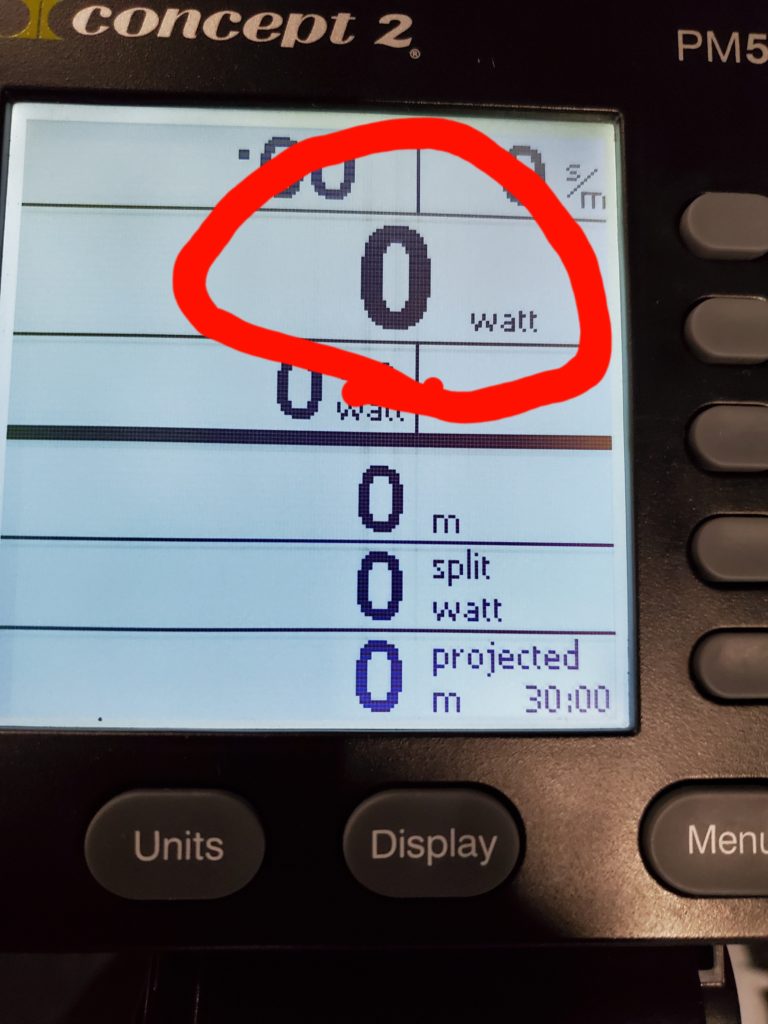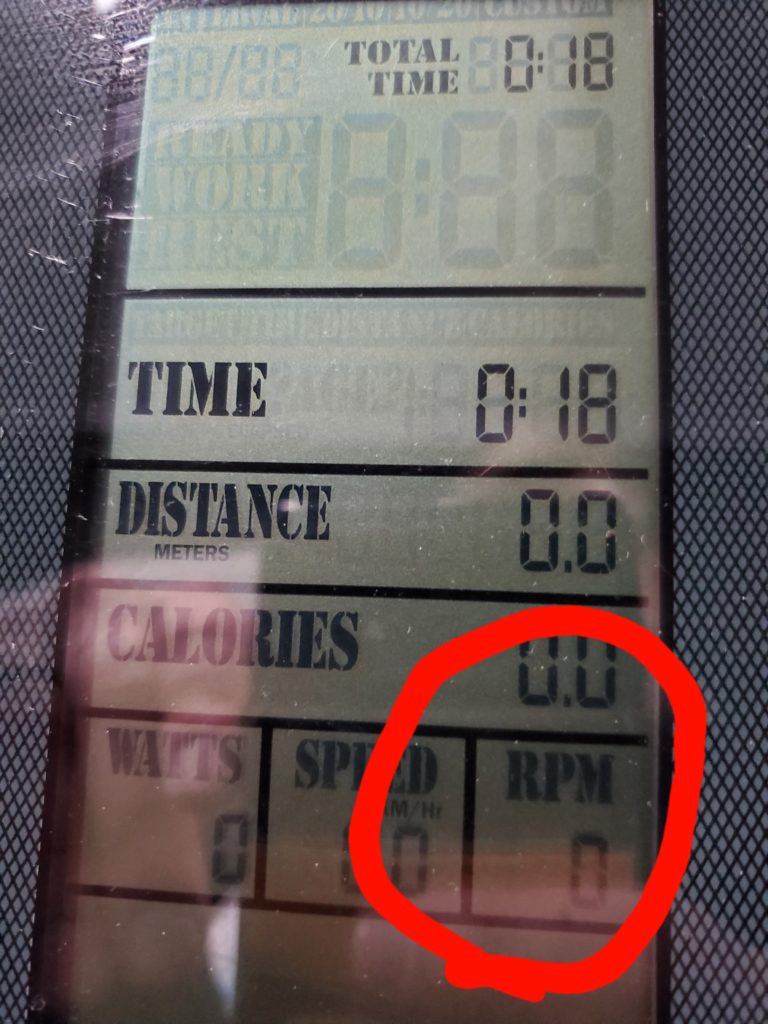Let’s talk pacing today. When you hear the term “pacing,” what comes to mind? Most of us think of long, slow cardio. And with good reason; we perform two of these types of workouts per month, done at a conversational pace. Not to mention, one of the definitions of “pace” is to “do something at a slow and steady rate or speed in order to avoid overexerting oneself.” And it is this definition that led CrossFit HQ to be anti-pacing for the first decade and a half of its existence.
However, there are two other definitions of “pace” that are more in line with our approach:
- To lead (another runner in a race) in order to establish a competitive speed.
- To move or develop (something) at a particular rate or speed.
These definitions don’t mention the word “slow.” This is an important distinction, because while a conversational pace is a slow pace, it is only one example of pacing. The reality is that for any workout lasting longer than 3 minutes, you’re going to need to establish some kind of pacing, or you’re going to hit a wall and be forced to slow down. We previously covered the anaerobic threshold, which is your maximal sustainable pace. If we’re sprinting all out (the way that CrossFit was originally presented), we cross this threshold and then struggle to keep grinding. This is a recipe for burnout when done repeatedly, and it’s not going to lead to lasting improvements in fitness.
My favorite story about this was recounted by Chris Hinshaw, who runs the Aerobic Capacity course. His first time working with 2008 CF Games champion Jason Khalipa, Jason had never run a timed mile. So, that was step 1. When asked about his plan for running, Jason said, “what do you mean plan? I’m going to start out hot and hope to hold on for as long as I can!” Of course, hope isn’t a plan, and around lap 2, Jason hit a wall. He still ran a solid mile time of around 6 minutes. But, after using intervals at different paces (i.e., intensities), Jason learned how to pace. When he retested, he was under 5.5 minutes. For a couple other examples, Chris mentioned that when he worked with Rich Froning, they established thirteen different paces/intensities, and when he worked with Matt Fraser, they established sixteen different paces/intensities, all of which are workout dependent.
As with most things in CrossFit, pacing is a skill that can be developed over time. It requires a knowledge of yourself as an athlete – your strengths and weaknesses – and it is movement specific. For rowing and biking, it’s easy to figure out once you know how. So, here’s the secret:
- Warm-up properly
- Row/Bike AS HARD AS YOU FUCKING CAN for 10 seconds
- Keep an eye on the monitor. The highest wattage you see on the rower is your max power. On the bike, it’s the highest RPM.
- This number is your 100%. When the coach tells you that the goal is 85% effort, multiply your 100% by .85 and you now have a target wattage/rpm to maintain.


When it comes to other movements, or mixed modality workouts, how you pace will be based on you and your strengths. Let’s look at last Thursday’s metcon:
21-15-9
Hang Power Cleans (95/65)
Front Squats (95/65
Calorie Row
As all athletes are different, we saw several different strategies play out during this WOD. We had one athlete that cleans and front squats in the high 200 lbs range, so the weight was super light for him. We went quickly and unbroken through the barbell work, and then dialed back the row to around 75-80% effort to bring his heart rate down. Another athlete went Rx’d for the first time. He broke the cleans and front squats into 2 sets (except for the last one) and stuck to ~20 seconds of rest. Still a third athlete knew that she would be fine with the cleans, but the squats might be problematic. She went unbroken through the cleans, and broke the squats into two sets, again adhering to strict rest periods. All are examples of pacing, and each strategy is unique to the individual.
The last piece for learning to pace is to recognize that you’re going to hit a mental sticking point. If you can grind through it, you’re home free. In a workout that is five rounds for time, this usually happens in round four. You’re mentally and physically beat at this point. But, when you get round five, you know it’s almost over, so you can dig deep and sprint to the finish. In last Thursday’s workout, the round of fifteen was that sticking point. Generally speaking, it’s the penultimate round of a WOD.
Tackling a workout without a plan is a recipe for disaster. So, talk to a coach, and come up with one. The more you practice certain kinds of workouts, the better sense you’ll get for how to pace them, and where to improve. When we test benchmark workouts, your strategy comes into play just as much as your fitness level. And to continuously improve, to maximize your fitness, it’s a skill you’ll need to master. See you in the gym.
